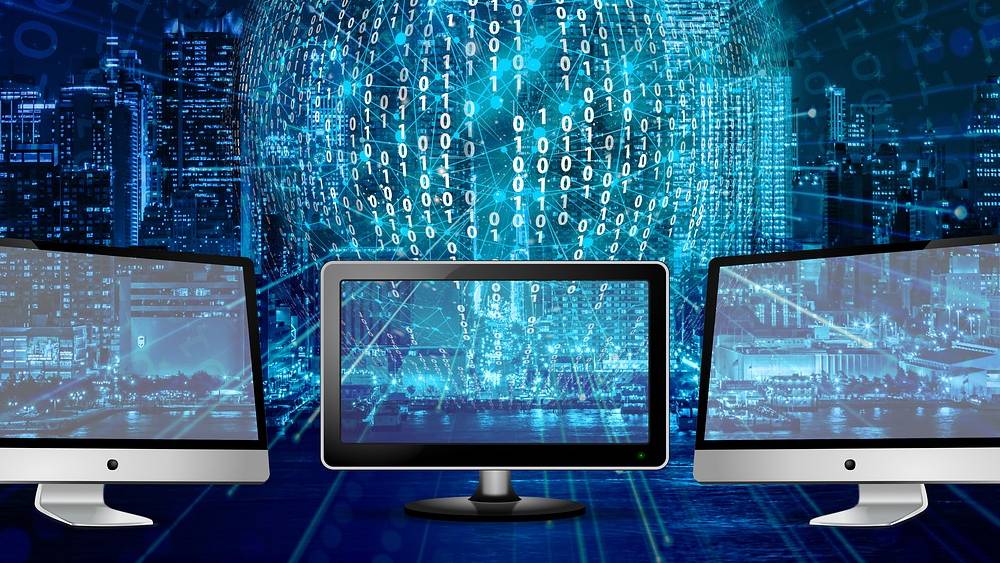Hello Readers! Welcome to an informative article that will help you learn one of the most sought-after programming languages, Python!
This ultimate guide aims to help beginners and even programming enthusiasts excel at Python, which stands at the top of the list of most “in-demand” programming languages in 2022.
At the end of reading this article, you will know about Python basics, its uses, benefits, and resources you can use to learn it.
Here is an overview of what we will cover in this knowledge-laden Python guide:
- Introduction on how to learn Python
- Uses & Benefits of Learning Python
- Top 8 Resources to Learn Python
- Pros and Cons of Different Learning Resources
- Future Outlook of Python
Let us start with it!
Python Programming Language – An Introduction
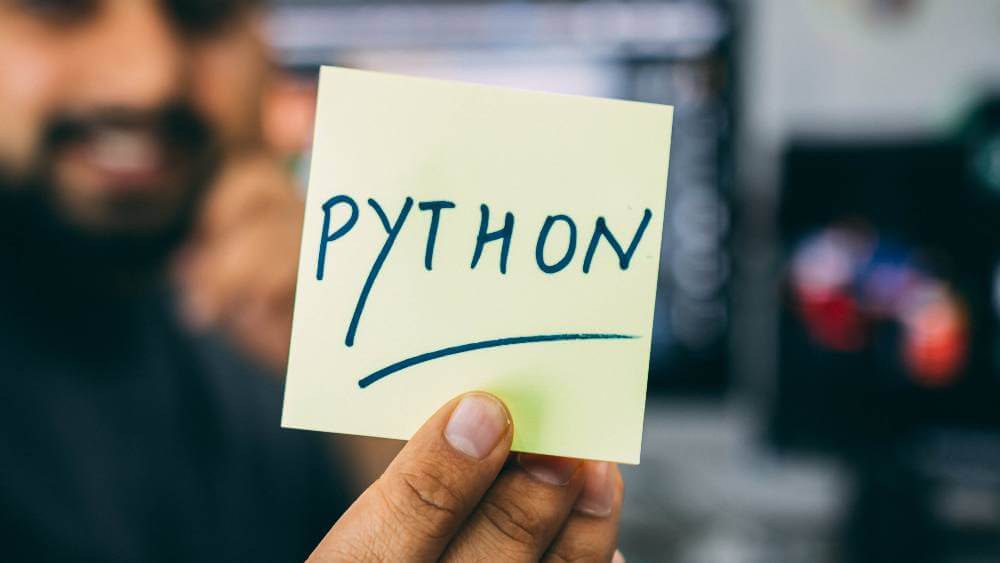
As a Programmer, beginner or expert-level, it is essential to keep learning forever-upgrading programming languages.
Unlike JavaScript, Python is a high-level, general-purpose language encompassing object-oriented programming (OOP) features.
With in-built dynamic semantics (typing, binding) and data structures, it is an interpreted programming language that efficiently aids rapid application development and makes debugging easy.
Guido Van Rossum developed it in 1989 to enhance programming readability and encourage the principle of DRY – Do Not Repeat Yourself.
Simply, Python is an easy-to-learn and use a programming language that seamlessly serves the purpose of connecting various components.
You can think of it as a scripting language or a language “glue” that simplifies the syntax and significantly lowers the program maintenance cost.
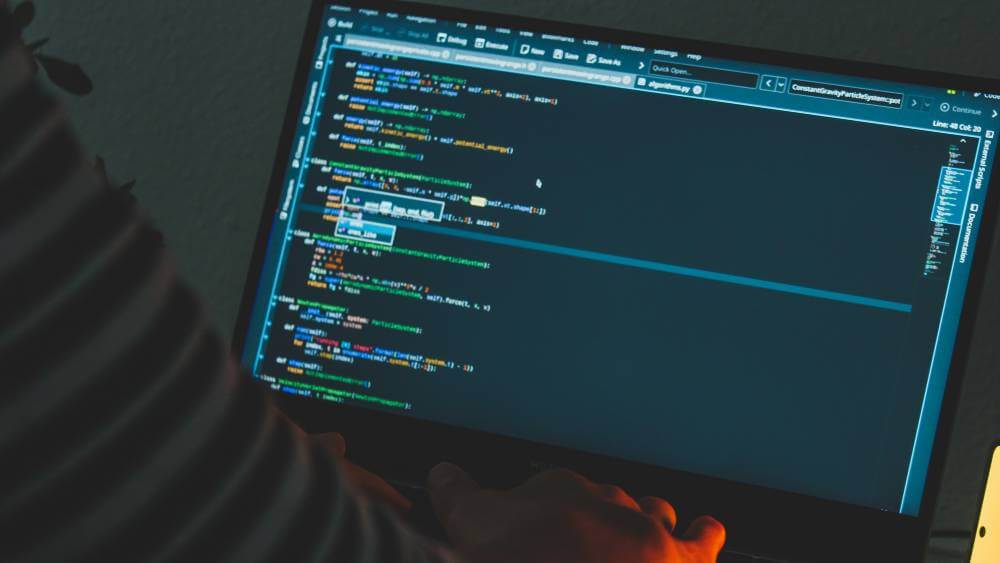
In 2022, Python became the most popular programming language among tech-savvy geeks.
Whereas only a year back, it was third in popularity to JavaScript and CSS & HTML.
Python, to be specific, its latest version Python 3, has become a Programmer’s favorite as it exponentially increases productivity with no need for the compilation step and an incredibly fast, edit-test-review-debug cycle.
Some big names in the data science industry, NASA, Netflix, Google, and Spotify, are Python fans and use it as their mainstream coding language.
So, if you plan to build a hard-core career in Web Development and Data Science, you need to master your Python skills.
Uses of Python Programming Language

A programming language must offer practical uses in the real world.
Otherwise, there is no use in learning it.

Here are the uses for Python, that can make your life and the Web Development process easy and fun:
- Web applications development
- Artificial Intelligence (AI)
- Machine Learning (ML)
- Game development
- Data visualization and data analysis
- Data science
- Desktop GUI
- Software development
- SEO (Search Engine Optimization)
- Business applications
- Web Scraping applications
- Audio and video applications
- Embedded applications
- CAD (Computer-Aided Designing) Applications
Benefits of Python Programming Language

When a programming language serves diverse functions, it is evident that it offers many benefits, both for the Web Developer and the end-user.
If you are planning to learn coding languages in your upcoming vacations, Python must be on your list because:
Easy to learn, read and write
The best part about using this language is that it has an English-like, simple Python syntax making it easier to learn, write and understand the programming code.
With many Python tutorials and online courses available on the internet, people highly recommend learning this programming language, especially for beginners.

However, even if you are new to the programming world, you can get the hang of Python quickly.
Python offers less hassle-free lines for coding yet efficiently performs the same tasks and provides the same results as any other programming language, such as Java, C, or C++.
High-level interpreted and interactive language
Python Programmers can use it for line-by-line code execution, reducing the debugging cycle.
For multiple errors, Pythons displays only one error making your life easier- you would not have to run the entire program again.
Instead, just edit and debug the error, and your program is up for running smoothly.
Better productivity
As simple as it is, Python Developers can increase productivity by many folds.
Because they can get more things done while writing fewer lines of code compared to any other programming language on the list.
Automatic data types
While using Python, the Developer does not have to worry about choosing the variables and their data types.
Python does that for you.
During execution, Python will assign the variables automatically when you are done writing the code.
Open-source license
The good news is that Python is free to distribute and use, as it comes under an open-source license approved by OSI.
This makes it preferable for organizations that aid development or promote a specific- behavior.
It enables you to download your line of Python code, edit and modify it, and then distribute your program version.
Highlighting syntax
Python IDEs (Integrated Development Environment) allow Developers, even learners, to easily spot symbols, variables, and keywords to make the code readable.
Back-end Python libraries
Python offers a massive standard library such as Pandas that allows you to leverage various programming functions.
If the Python Developer needs to gain access to an external library and import more exquisite features, the Python package manager (pip) makes the job easy.
Efficient portability
A major crisis occurs when a Programmer builds an application or software if their code is not supported or needs a change on other platforms.
However, Python beats the odds.
All you have to do is write your line of code and run it wherever you want, whenever you want.
Just ensure that you do not incorporate any “system-dependent” features.
Python is a versatile programming language that can create robust applications.
But, there is a catch.
Well, with seemingly perfect things, there is always a catch.
Python instigates slow execution for the code, poor memory management, and low compatibility with mobile phones, and the applications can hit a snag with runtime errors if variables change.
Nevertheless, the newer version of Python has significantly overcome the loopholes, and the advantages oversaw the minimal setbacks.
Moreover, alongside Python, you can always use a repository service for hostings, such as Github and Hello World, to enhance project management, make coding less complex, and collaborate multiple features.
There seems to be no reason for a beginner not to learn Python.
On the contrary, it can be a great start to their career in computer science.
You can soon make it to the list of experienced Programmers by learning Python correctly.
And we can help you with it.
Top 8 Resources to Learn Python Programming

Learning Python is not difficult.
However, finding the right and authentic course is.
While some believe that free Python programming courses are a scam, others can greatly benefit from them.
Worry not! We have a full stack of free and paid online courses for you, each encompassing many valuable learning opportunities.
Free Resources
You can learn Python programming concepts for free.
No, we are not talking about short introductory videos.
Instead, these highly educational courses will help you start large-scale Python projects.
Introduction to Programming Language [Udemy]
This is a free Python programming course that includes all essential Python concepts.
It is a step-by-step informative online Python class that includes basics, variables, data types, file manipulations, loops, functions, conditions, and strings.
All are covered in a 1 hour 39, minutes video.
By the end of this course, you will be well-rehearsed to write high-end Python functions and scripts.
Python for Everybody Specialization by the University of Michigan [Coursera]
If your first language is not English and you are having difficulty finding an educational Python course this is for you.
It is a free learning course that is available in 12 different dialects.
While the Instructor speaks in English, the subtitles are available in Spanish, German, Turkish, Vietnamese, French, Korean, Russian, Italian, Arabic, Portuguese, Chinese, and English.
You will learn how to install Python, its various OOP features, core programming concepts, and other skills, including web scraping, SQL, syntax and semantics, DBMS, Tuple, and more.
This course is over 8 months, and the best part is you get a shareable Python certificate that you can use on various platforms like LinkedIn and Twitter, endorsing your expertise.
By the end of this course, you will build exceptional skills in developing Python programs and data analysis.
In addition, you will be able to create Python programs by yourself.
Python Fundamentals for Beginners [Great Learning]
To start Python, you do not have to be a Data Scientist or Software Engineer.
This Python fundamental course helps you learn Python programming from scratch and prepare you to master advanced topics.
From basic algorithms to data structures, programming concepts, operators, strings, functions, and more, you will learn everything about Python with a certification.
Python Tutorial – Python for Beginners [CodeCamp]
Python tutorial is a one-stop solution for beginners who want to enter the programming world.
It allows the candidates to learn Python codes and algorithms, such as variables, loops, classes, functions, and tuples.
Ultimately, you will single-handedly have worked on three projects covering major Python skills such as automation, machine learning, and creating websites with Django.
The Top 5 Machine Learning Libraries in Python [Udemy]
Python has a huge standard library with various features.
You will get an annotated Notebook (Jupyter), learn to build real-world models, learn the fundamentals of applied machine learning, and many other things for free.
The only problem with most free courses is that you may not get a Python certificate at the end.
Paid Resources
Python 3 VS Python 2 [Udemy]
When you start learning about Python, getting the hang of the latest version is important.
We all desire the latest cell phones, only to get the best features.
Similarly, you must learn the best version of programming languages to conquer the art of Web Development.
This is an interactive Python course, with direct support from the instructor, with 150+ exercises and quizzes to test your skills.
You will learn about the coding fundamentals of Python 3 and how it is better than Python 2, custom modules, object-oriented features, automation, and more.
In the end, you will get a certification as well.
The Complete Python Course | Learn Python by Doing in 2022 [Udemy]
This course will help you transition from a beginner to an expert-level Python Programmer.
You will learn the master Python topics, Python 3, automation, and more with 50+ articles, a 35-hours video, downloadable resources, coding exercises, access on portable devices like mobiles, lifetime access, and a certification of completion.
You get all of this just for $16.99 on Udemy.
Complete Python Developer in 2022: Zero to Mastery [Udemy]
Do you want to learn Python 3 and start earning instantly?
Then, this course is a perfect fit for you.
You can become a Complete Python 3 Developer, build more than 12 Python projects, and become a maestro in Web Development and machine learning with a certification to boost your skills on professional platforms.
Free Resources vs Paid Resources
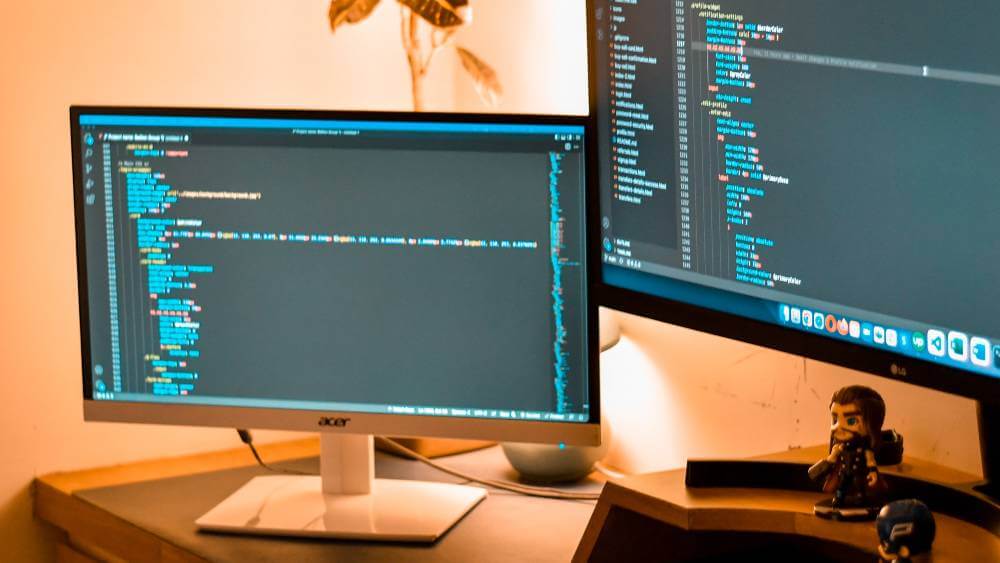
Given the paid courses’ skills and knowledge, they are not expensive, and people who want to make programming their full-time career consider this a small investment in a lucrative future.
However, if you wish to test your skills with zero investments, then free Python courses are a good way to start your career in programming.
Free Resources | Paid Resources | |
On-demand video | Yes | Yes |
Downloadable resources | No | Yes |
Certification | Seldom | Yes |
Lifetime support | No | Yes |
Direct Q&A sessions | No | Yes |
Python Programming – A Sneak Peek Into The Future
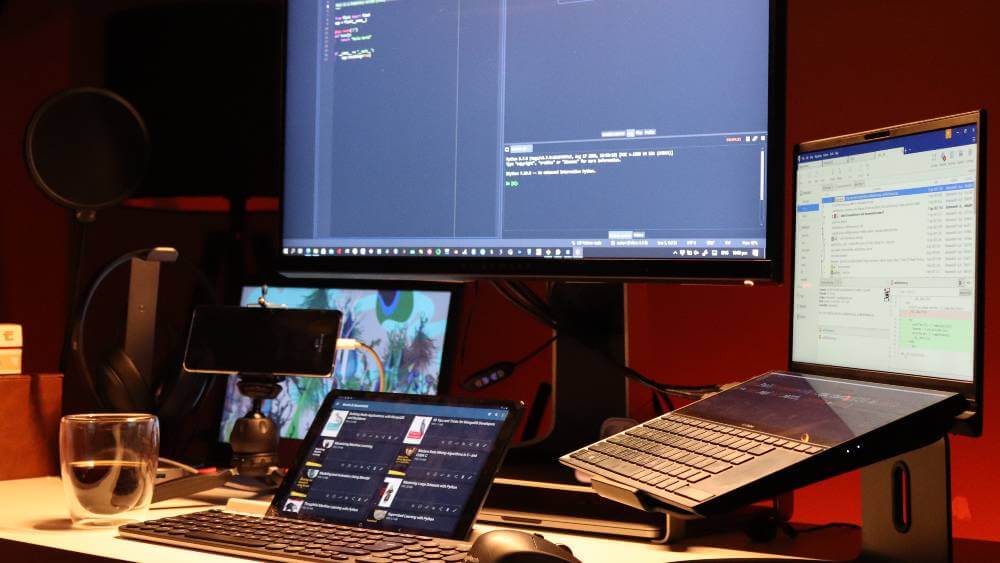
The technological industry has witnessed the biggest advancement paradigm in the last decade, especially after the Covid-19 pandemic.
To improve end-user results and build safe programs, Developers opt for the latest versions of programming languages because the main purpose of a programming language is to make the developer’s job easier, not push them into unraveling complex codes that may take forever to develop and run.
This is why Python (Python 3) has become the most popular programming language.
As a result, Python Programmers are highly in-demand in the technology industry, and every organization needs an experienced Programmer.

The future outlook for Python learners appears to be great.
They have a high chance of landing a well-paid job as soon as they complete a certified course and showcase their Python skills.
If it motivates you to know, a Python Developer can earn up to an average of $114,904 in the United States.
Begin a lucrative career by learning Python programming.
You can start now, for free!
FAQs

How long does it take to learn Python?
Depending on your learning abilities and the Python course you opt for, it can take anywhere from 2 to 6 months to learn the basics of Python programming.
How to learn Python for free?
Any learning application such as Udemy, Coursera, or Codeacademy offers several accredited and easy-to-learn courses for Python for free, such as:
– Introduction to Programming Language [Udemy]
– The Top 5 Machine Learning Libraries in Python [Udemy]
– Python for Everybody Specialization by the University of Michigan [Coursera]
What are dictionaries in Python?
In Python, dictionaries are an in-built data type that allows the Programmer to store data values/codes in key: value pairs.
The data is stored as a comma in curly buckets to keep them separated and easy to understand.
Is Python supported by different windows, such as Linux?
Python is a high-level, interpreted, general-purpose programming language that allows the Programmer to build applications and software that can run on different windows, including Linux, Mac iOS, Windows iOS, and more.




